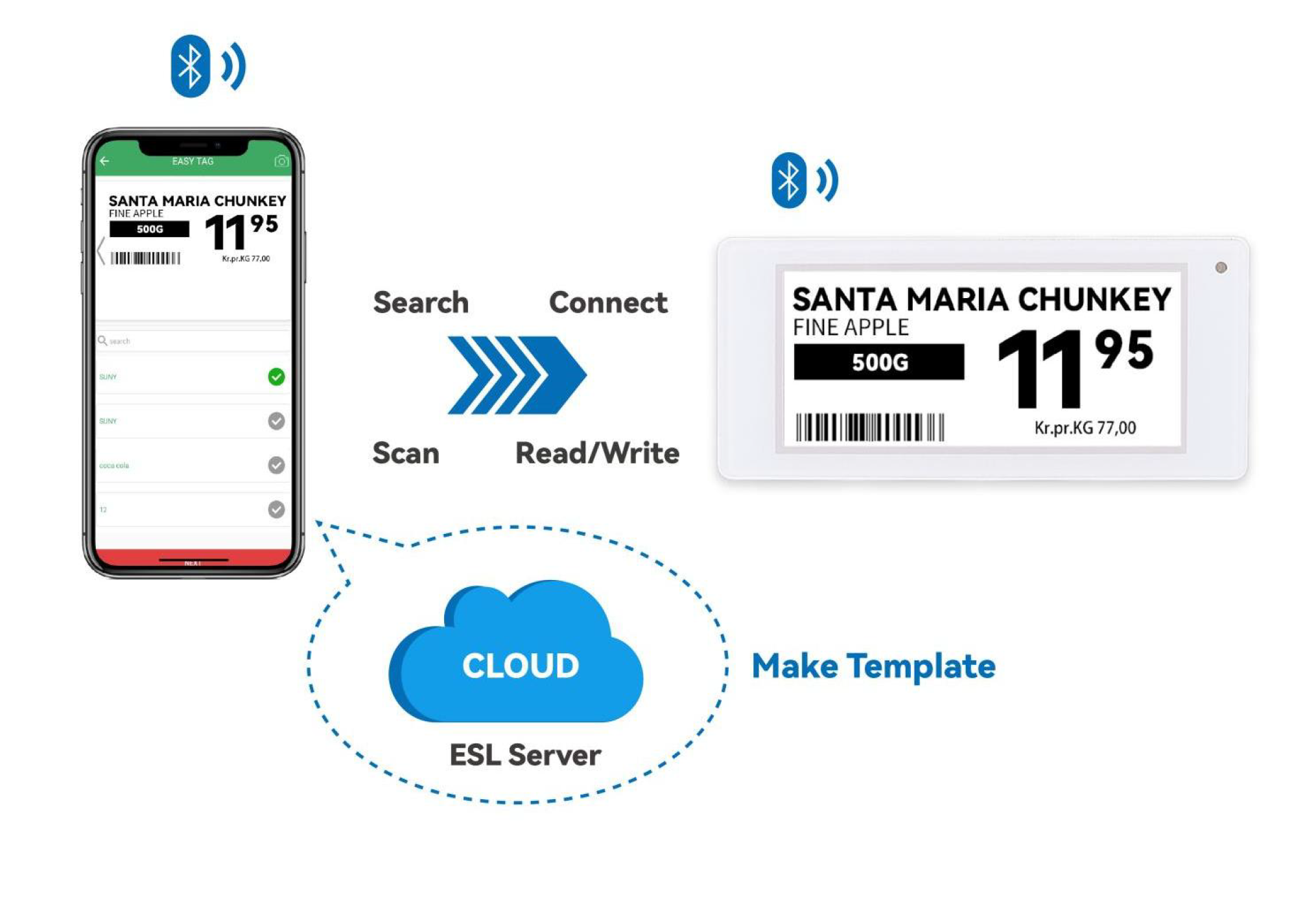
What is an Electronic Shelf Label?
In the rapidly evolving retail landscape, efficiency, accuracy, and real-time data management are critical for staying competitive. One of the technological innovations that has revolutionized the retail sector is the Electronic Shelf Label (ESL). But what exactly is an ESL, and how does it benefit modern businesses? This article will delve into the intricacies of electronic shelf labels, their functionalities, and their advantages in various industries.
Understanding Electronic Shelf Labels
An Electronic Shelf Label (ESL) is a digital pricing tag used by retailers to display product prices on shelves. These labels are typically equipped with e-paper or liquid crystal displays (LCDs) and are wirelessly updated in real-time through a centralized control system. This means that price changes, promotional information, or product details can be swiftly adjusted without the need for manual intervention.
How Do ESLs Work?
ESLs operate using various wireless communication technologies such as WiFi, 2.4GHz, Bluetooth, and NFC, depending on the specific application requirements. Here’s a simplified overview of their operation:
- Centralized Management System: At the heart of the ESL network is a central management system that handles all the data. This system interfaces with the store’s existing inventory and pricing software.
- Wireless Communication: The central system communicates with the ESLs wirelessly. Different wireless technologies can be used based on the range, power consumption, and data transfer needs. For example, WiFi is common for high-speed communication, while Bluetooth and NFC are used for short-range, low-power interactions.
- Digital Displays: ESLs utilize e-paper or LCD screens to display the pricing and product information. E-paper is particularly favored due to its low power consumption and high visibility, even in bright lighting conditions.
- Real-Time Updates: The central system can push updates to the ESLs instantaneously, ensuring that the information displayed is always current. This is particularly useful for dynamic pricing strategies, where prices might fluctuate based on demand, competition, or stock levels.
Benefits of ESLs
The adoption of electronic shelf labels offers several significant advantages:
- Enhanced Pricing Accuracy: ESLs eliminate the risk of human error associated with manual price tag changes. This ensures that the prices displayed are always accurate and consistent with the store’s backend system.
- Operational Efficiency: Automating price updates saves valuable time and labor costs. Staff can focus on more customer-centric tasks rather than spending hours replacing paper tags.
- Dynamic Pricing: ESLs enable retailers to implement dynamic pricing strategies with ease. Prices can be adjusted in real-time based on various factors such as demand, competition, and time of day, maximizing profitability.
- Improved Customer Experience: Accurate and easily readable pricing information enhances the shopping experience. Additionally, ESLs can display other useful information such as product details, promotional offers, and stock availability.
- Sustainability: By reducing the need for paper tags and frequent replacements, ESLs contribute to more sustainable retail practices. They also minimize waste and the environmental impact associated with traditional paper labels.
Applications Beyond Retail
While ESLs are predominantly used in retail, their applications extend to other sectors as well:
- Warehousing: In warehouses, ESLs can be used to display real-time stock levels and location information, streamlining inventory management and reducing errors.
- Healthcare: Hospitals and clinics can use ESLs to manage inventory of medical supplies, ensuring accurate tracking and replenishment.
- Offices: ESLs in offices can display room booking information, employee directories, or resource availability, improving overall operational efficiency.
Conclusion
Electronic shelf labels represent a significant advancement in how businesses manage and display product information. Their ability to provide real-time updates, improve accuracy, and enhance operational efficiency makes them a valuable asset in today’s fast-paced commercial environment. As technology continues to advance, the scope and capabilities of ESLs are likely to expand, further revolutionizing various industries.

